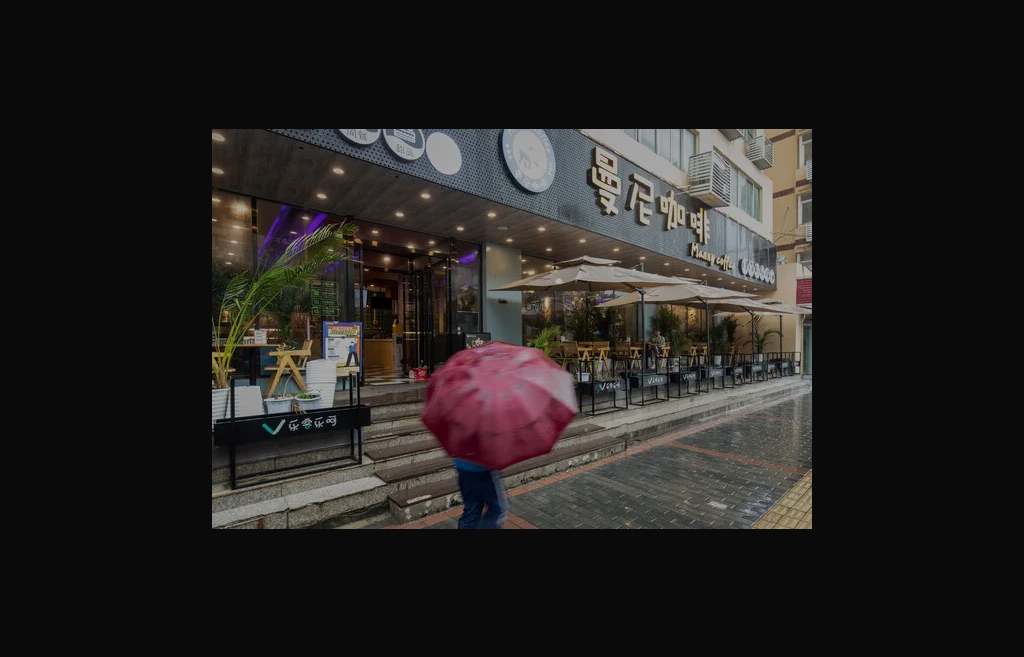It Rose From Poverty As China Prospered. Then He Made Her Poor Again
It Rose From Poverty As China Prospered. Then He Made Her Poor Again annals of modern economic history, few stories rival the meteoric rise of China from the depths of poverty to the summit of global prosperity. Over the past four decades, China has executed an economic miracle, lifting hundreds of millions of its citizens out of destitution and propelling itself into the ranks of the world’s leading economies. However, beneath the gleaming facade of this success story lies a darker narrative of social inequality, environmental degradation, and the human cost of rapid development.
The story of China’s economic ascent is a testament to the vision and determination of its leaders, most notably Deng Xiaoping, who initiated economic reforms in the late 1970s. By opening up to foreign investment, embracing market-oriented policies, and pursuing export-led growth, China transformed itself from an agrarian society into the world’s factory, attracting capital, technology, and expertise from around the globe.
The results were staggering. China’s GDP grew at an average annual rate of nearly 10% for over three decades, lifting more than 850 million people out of poverty, according to the World Bank. Cities sprouted skyscrapers at an unprecedented pace, infrastructure expanded, and a burgeoning middle class emerged, hungry for consumer goods and a better standard of living. China became the workshop of the world, producing everything from electronics to textiles, and its factories churned out goods that filled store shelves from New York to Nairobi.
However, this economic juggernaut came at a price. Rapid industrialization exacted a heavy toll on China’s environment, leading to pollution, deforestation, and water scarcity. Cities were shrouded in smog, rivers ran black with industrial waste, and vast tracts of farmland were contaminated with heavy metals. The human cost was equally severe, as workers toiled in hazardous conditions for meager wages, often far from their families and homes.
Moreover, China’s economic success was accompanied by a widening wealth gap and deepening social inequalities. While coastal cities like Shanghai and Shenzhen thrived, rural areas and inland provinces lagged, mired in poverty and neglect. Millions of migrant workers flocked to the cities in search of employment, but they often faced discrimination, low wages, and inadequate social services. The hukou system, which tied social benefits to a person’s place of birth, further entrenched inequality and restricted mobility.
As China’s economy boomed, so did the fortunes of a select few. A new class of billionaires emerged, enriched by the country’s rapid growth and close ties to the ruling Communist Party. These oligarchs amassed vast wealth through real estate, finance, and technology, becoming symbols of China’s economic prowess on the global stage. Yet their rise to riches also fueled public resentment and accusations of corruption, cronyism, and unfair advantage.
The story took a dramatic turn in 2012 with the ascension of Xi Jinping to the presidency. Under Xi’s leadership, China embarked on a new era of economic reform and social engineering, seeking to address the excesses and imbalances of the past. The government launched ambitious initiatives to reduce poverty, promote sustainable development, and strengthen social safety nets. Efforts were made to rein in pollution, improve workplace conditions, and empower marginalized communities.
However, these reforms also came with a heavy hand. Xi’s administration tightened controls on civil society, cracking down on dissent, independent media, and political opposition. Human rights activists, lawyers, and journalists faced harassment, detention, and imprisonment for speaking out against injustice and corruption. Internet censorship and surveillance were stepped up, stifling free expression and dissenting voices.
Moreover, Xi’s policies exacerbated tensions with China’s trading partners and raised concerns about the country’s commitment to economic openness and global cooperation. The trade war with the United States, initiated in 2018, sent shockwaves through global markets and threatened to disrupt the interconnected web of trade and investment that had fueled China’s rise.
As China grapples with the challenges of the 21st century, it stands at a crossroads between economic opportunity and social justice, between authoritarian control and democratic reform. The story of China’s rise from poverty to prosperity is a remarkable tale of resilience, innovation, and determination. Yet it is also a cautionary tale of the pitfalls of unchecked growth, environmental degradation, and social inequality.
In the end, the true measure of China’s success will not be found in skyscrapers or GDP figures, but in the well-being and dignity of its people, in the quality of its environment, and its commitment to justice and equality for all. As China navigates the complexities of the modern world, it must heed the lessons of its past and forge a path toward a more sustainable, inclusive, and equitable future. Only then can the promise of prosperity be fulfilled for all of China’s citizens, rich and poor alike.
